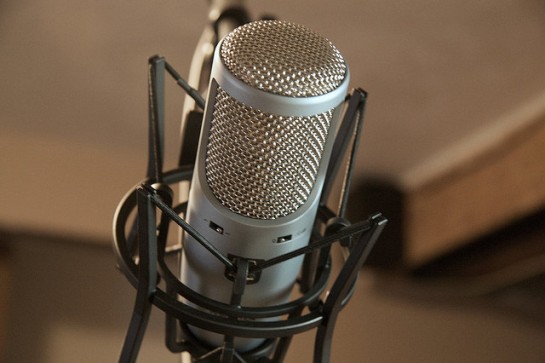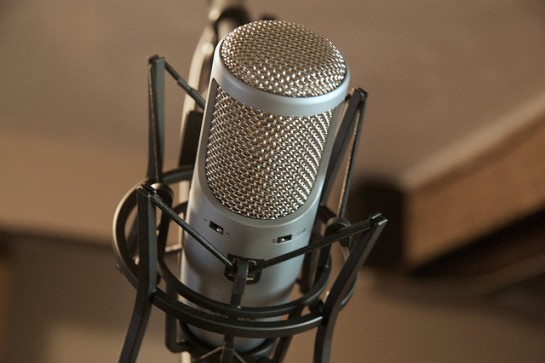One of the most important and widely used equipment in the voice over industry is no other than the microphone. It’s the one that captures the voice in order for it to be recorded properly. Therefore, your microphone must be able to bring out the best sound of your voice without any glitches.
Ian Lowell, a freelance voice over artist believes that finding a good microphone helped him in improving his voice over career. According to him, it took him a long time and a lot of microphones bought before he found the Neumann TLM-102 and has been using it ever since. The microphone had what he was looking for and it helped him a lot when he’s sending his audio reels for auditions. Although he’d most likely recommend this to other voice over actors, he thinks it would be best if they find the right microphone for them.
There are several types of microphones and to give your voice the best quality of output, you must find the best quality of microphone that’s going to work out really well for you. For vocals the most convenient is the large diaphragm condenser mic, But which one? It’s a known fact that the equipment that cost higher are usually the ones that have the best value. Though it may be considered as true, there also are great products out there that are good all the same.

It’s up to you on how well you pick a microphone, quality and price combined. Before being convinced with the price, here’s what you need to know when looking for the perfect microphone:
- Technicality
A good microphone promotes the ease of its utility. The easier it is to use, the faster you’d be able to start this part of the production. There are microphones today that are considered as “plug and play”. It doesn’t need too much complication when setting up your microphone.
- Durability
The microphone is probably one of the most used equipment at the set. If it’s not heavy duty, you’d be spending a whole lot more if you keep on buying new microphones that will eventually have some defects in just a short span of time. Buy something that is heavy duty and you’ll never worry if it breaks down for a longer period of time.
- Frequency
Microphones are designed differently. There are microphones with larger diaphragms that are fit for male voices as they tend to have lower pitch. On the other hand, female voices would need to have microphones with smaller diaphragms. These classifications also work out for musical instruments of different tones and weight of sound.
- Polar Pattern
A microphone is able to take in sound from different directions. The polar pattern of a microphone is how well it captures a sound from a given direction. During voice over, this is highly important as the levels of the voice range must be captured properly without any obstruction. Raw voice recording must be flawless in order for a smooth flowing editing. Test the microphone’s directionality before purchasing one.
- Testing
Don’t just settle for one microphone alone. Test numerous kinds and brands. When you’re running a voice over studio, it’s best to have multiple selections of microphones that could work out with different types of voices.
It may sound like it’s a long process of choosing a microphone. But with thorough inspection, you’d be glad that you’ve gone through all the steps of looking for the best one. It’s going to be your investment, you must make sure that it’d be a profit to your business. For better microphone selection, it’s also best to search for reviews. Music Radar has laid out its 21 best microphones for recording vocals. You might want to see if something from there would fit your voice over preferences best. And don’t hesitate to pop in a specialist like UK’s The Mic Store. They will guide you through the best option depending on your budget and VO needs.

Here’s a link to my review of the best voice-over microphone you’ve probably never heard of:
http://www.nethervoice.com/2012/09/05/cad-e100s-review/